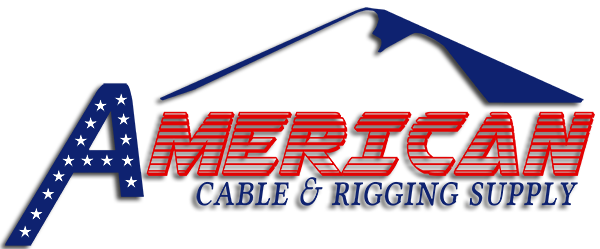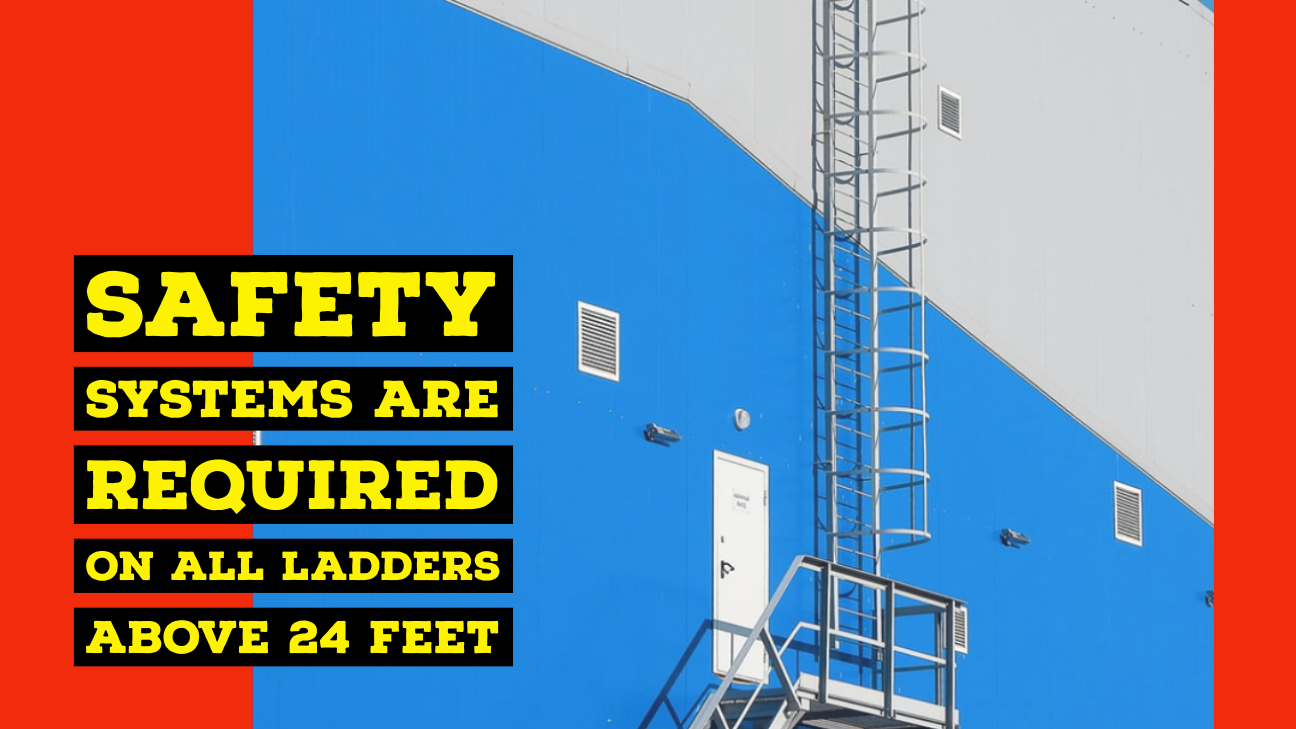
5 Terms Used in Rope and Cable Descriptions
You may encounter many terms when reviewing rope and cable specifications. Sometimes these terms may be used in confusing ways. For example, “strength” may be used to describe “tensile strength” or the completely different concept of “yield strength.” Here is an overview of some terms you may see in rope and cable descriptions:
Strength
Generally, strength refers to the amount of stress a material can bear before its properties change. “Yield strength” is the stress that causes a material to transition from elastic deformation (deformation from which the material can recover) to plastic deformation (deformation that permanently deforms the material). Thus, ropes and cables will “bounce back” after a load below the yield strength, but will be permanently stretched after a load above the yield strength.
“Tensile strength” or “ultimate strength” means the maximum load a material can withstand. The tensile strength is generally greater than the yield strength because materials can usually withstand additional loads even after reaching a plastic state. However, once the tensile strength is reached, deformation of the material concentrates stresses and ultimately results in fracture.
“A chain is only as strong as its weakest link,” so remember to account for the strength of knots, fittings, and rigging. Knots can reduce the tensile strength of cable and rope by as much as 50% because the knot compresses and deforms the cable or rope. Similarly, turnbuckles, such as toggle turnbuckles, can shear or fracture below the tensile strength of the rope or cable. Moreover, even though the pin of a toggle turnbuckle may relieve torsion shear, bearing shear remains a potential failure mode.
Abrasion Resistance
Abrasion occurs when two parts wear against one another. In the case of lifting slings, abrasion can occur when rope or cable wears against itself, a load, or rigging. General statements can be made about rope and cable materials – metal wire resists abrasion better than polymer fibers and natural fibers. However, specific values are difficult to find because abrasion depends on a number of variables, including:
- Load
- Material properties of both materials
- Wire or fiber diameter
- Surface shape and roughness
For example, a smooth round metal pin of a toggle turnbuckle would cause less wear to rope than a rough or sharp edge.
Fatigue
Fatigue is a failure mode that results from cyclical loading and unloading. Fatigue is less of a concern in applications where cables or wires are replaced after being subjected to impact or stress. For example, cable railings used for vehicle barriers may be replaced at the OSHA mandated height of 42 inches, plus or minus three inches, after being impacted. In this case, the cables would never experience cyclical loading.
However, most other applications experience some amount of fatigue. A common source of cyclical loading comes from the vibration of motors or engines in contact with ropes or cables. In maritime applications, waves or wind can subject lines to cyclical stress. Similarly, various types of lifting slings can be subjected to cyclical stress by swinging loads.
Fatigue creates micro-cracks that weaken the material and create sites for stress to concentrate. Under repeated loading, the micro-cracks grow and eventually lead to fracture. And again, do not forget that rigging, such as toggle turnbuckles, can fatigue as well.
Heat Resistance
Heat resistance is relevant for two reasons:
- Heat can alter material properties; metal tends to soften, and plastic tends to melt, under heat
- Heat combined with load can cause creep; creep is a phenomenon where failure can occur due to heat plus a load even when the amount of heat or load by itself would not cause failure
Corrosion
Corrosion occurs when metals in contact with one another in the presence of an electrolyte undergo chemical change to reach a more stable form. For example, metals containing iron will oxidize in the presence of oxygen ions in water. Applications requiring metal rope are prone to corrosion because water can work its way between the wires and core of metal rope or between the metal rope and its rigging. Polymer rope does not suffer corrosion, although other environmental conditions, such as exposure to chemicals, ultraviolet light, and heat, can cause material degradation.
In sum, understanding the failure modes and the descriptions used for cable and rope can help you select the right cable or rope for your particular application.



Recent Comments